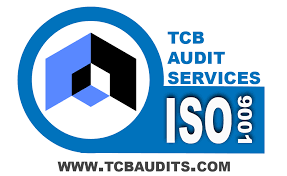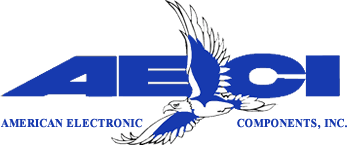Businesses Must Learn How to Shut Down a Manufacturing Operation
Inventory Clearing
In volatile economic times, business owners and executives must have basic knowledge of how to successfully shut down a manufacturing operation. Unfortunately, the plant closing process is something most managers do not always learn through a formal education process. Instead, this type of knowledge is typically learned through on-the-job training.
Deciding to close a facility is a large decision and knowing the practical aspects of closing is essential. The most important concerns during a closing in modern warehouse management include: operations management issues, human resources issues, legal issues and inventory clearing.
Operating Considerations
There are obvious concerns for executives in a plant closing situation. Unfortunately, there is very limited research published on the operations management process during the closing of a plant.
While much consideration has been given to the decision-making process of closing the plant, and to the handling of the human resource issues related to the closing, little has been suggested in relation to the strategies and actions to be taken in closing the operation.
Management personnel at all levels must confront product inventory, maintenance and operating supplies inventory, cycle counting, capital projects, and employee staffing and morale issues. As a practical matter, issues related to inventory clearing and capital projects must be evaluated first as those areas will directly impact many of the staffing and morale concerns.
Inventory Clearing
Clearly, a facility cannot close until its inventory has been removed from the site. Managers must evaluate all items and plan to organize disposal or destruction very early in the process. There are many ways an inventory clearing can be handled – inventory can be sold, scrapped, reworked, moved to other facilities, returned to the supplier, or donated. If there is a large amount of inventory, a third-party inventory management company can be hired to facilitate an inventory clearing.
There are a variety of costs and logistics issues with inventory clearing. Managers and executives should recognize that the same amount of attention is not required for all potential inventory issues. Whoever is handling the process should keep track of how inventory items are classified and counted based on some common measure such as quantity or cost.
This process enables decision-makers to determine the appropriate degree of control that should be exercised over each item. Items that are ready for immediate disposition should be disposed of. Items that cannot practically be disposed of can be identified and tagged for future disposal.
It is crucial to understand early in the closing process that inventory clearing is an extraordinarily time-consuming task. Many inventory items cannot simply be sent to the local junk yard. Instead, plant closing plans must include the cost of disposal for regulated or sensitive items if other methods of disposition fail.
In today’s challenging business environment, many industries have undergone significant changes. From huge acquisitions and mergers, to original equipment manufacturers outsourcing their material management and manufacturing processes. Throughout these changes AECI has continued to adapt to the changing needs of our customers – contact us today for more information on our services.


